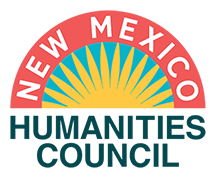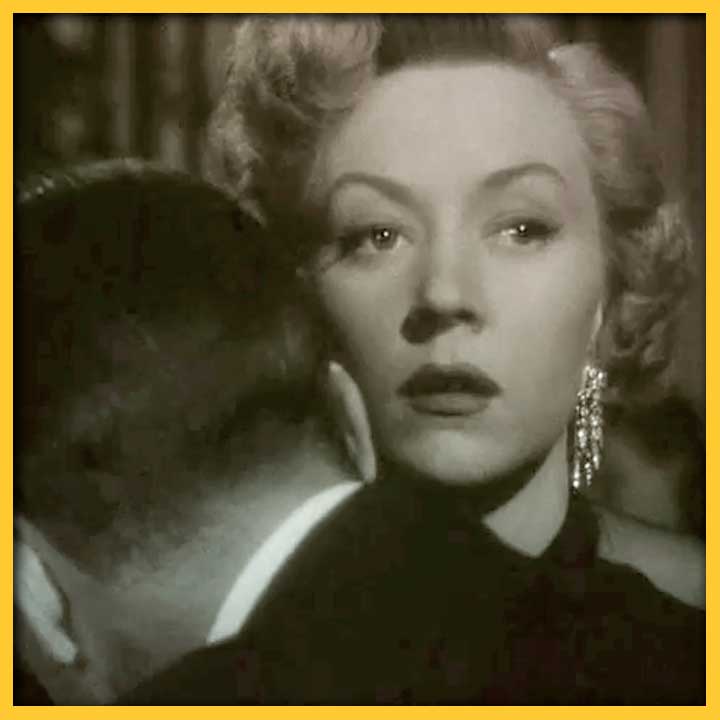
DOROTHY B. HUGHES: A FEMINIST ICON, AN ICON FOR WRITERS
When the search gets tough, and the professional identity crisis again looms nigh, I remind myself of the extraordinary career of Dorothy B. Hughes, a woman, mother, and writer who helped solidify New Mexico’s literary legacy not just in the United States, but around the world as well.
PHOTO CAPTION: In a Lonely Place. Source: Wikimedia Commons. Public Domain.
SHARE:
As a freelance writer, I’m used to the tedious, meticulous, sometimes urgent, always thrilling experience of finding the next paying gig. In some ways, I feel like a detective trying to crack the case. Is this company real, or is it just an AI-created dupe to steal my Social Security number? Have 500 people actually already applied for this one contract, no-benefits position, as Linkedin tells me? Why do companies advertise remote positions, only to note in the fine print that employees cannot work remotely from, specifically, New Mexico? (How is that legal?) These are all confounding questions, and more and more, it seems, companies ask for increasingly unique requirements (often without the increasing pay to match): candidates must have a Ph.D, and have seven years of experience writing SEO only for an award-winning national brand, and already know everything about ChatGPT.
When the search gets tough, and the professional identity crisis again looms nigh, I remind myself of the extraordinary career of Dorothy B. Hughes, a writer, woman, and mother who helped solidify New Mexico’s literary legacy not just in the United States, but around the world as well.
One hundred and twenty years ago this month, Hughes was born Dorothy Belle Flanagan on Aug. 10, 1904, in Kansas City, Missouri. She grew up in Missouri, and in 1924, she graduated from the University of Missouri with a journalism degree — which already was quite a feat, considering the time period. Remarkable, too, that she actually went on and used that degree; she worked as a journalist for the Olean Times in New York. She then pursued graduate journalism degrees at Columbia University and the University of New Mexico, without completing them at either school (incidentally, I do have completed degrees from both of these schools, along with an MFA from another institution and a mountain of student loan debt to show for it). Anyway, no problem. She continued writing, publishing her first book, Dark Certainty, in 1931. Was it an investigative tome, hard-hitting nonfiction? No. It was a poetry collection, and it won the Yale Series of Younger Poets Competition.
The following year, Hughes married Levi Allen Hughes Jr. in Santa Fe, and for eight years, she shifted her attention to building her life with Levi, living in Santa Fe, and raising their three children (although she did still do some writing — her poem “For a Young Daughter” was published in the New York Times in 1933, and in 1939, her book Pueblo on the Mesa: The First Fifty Years at the University of New Mexico was published, which she got to see reissued fifty years after that, in 1989 during UNM’s centennial celebrations). Incidentally, her sister, Calla Hay, also lived in Santa Fe with a successful writing career and was, while serving as the society editor at The New Mexican, in part responsible for the Fiesta Hoax of 1951.[1]
In 1940, Hughes returned to her career with not so much a bang as an explosion. That year, she published her first mystery novel, The So Blue Marble, and in that decade, she published an astounding 11 more novels. In this same decade, two of her novels became films: The Fallen Sparrow (1943) and Ride the Pink Horse (1947), with In a Lonely Place, starring Humphrey Bogart and Gloria Grahame, following immediately in 1950. In 1944, the Hughes family moved to California, and she added script writing and literary criticism to her repertoire, writing reviews for several outlets including the Albuquerque Tribune and the Los Angeles Times. Later, she wrote articles and short stories with bylines in Cosmopolitan, Collier’s, Ellery Queen’s Mystery Magazine, and more. The Hughes family often returned to Santa Fe.
Hughes published three more novels later in life, including The Expendable Man in 1963. When the book was reissued by NYRB Classics in 2012, Christine Smallwood wrote in The New Yorker, “Our current literary moment is obsessed with autobiography and memoir. But Hughes chose for herself a different challenge: a white woman, she would tell stories about and from the points of view of others—psychotic men, black men, Spanish men, Native Americans; jazz musicians, fashionable women, soldiers, doctors. …Crime was never Hughes’s interest, evil was, and to be evil, for her, is to be intolerant of others, of the very fact of the existence of something outside the self.”[2]
The certain timeless — or ahead-of-her-time — elements of Hughes’s work ring true for writer and editor Sarah Weinman as well: “‘Dorothy B. Hughes … is my favorite crime writer. Full stop.’ I wrote these sentences in 2012, for an essay published by the Los Angeles Review of Books, and now, nearing the end of 2019, I have not altered my opinion in the slightest. The steadfastness of that opinion owes largely to my love of Hughes’s 1947 novel In a Lonely Place, which I’ve reread every year since 2004.”[3]
Regarding In a Lonely Place, award-winning crime writer Megan Abbott writes, “While only intermittently in print for much of the last half century, its influence on crime fiction is unsung yet inescapable. …[I]ts importance extends beyond form or genre and into cultural mythos: the birth of American noir.”
In other words, Dorothy B. Hughes is a big deal. And she remained connected to New Mexico, coming back and forth until her death in 1993 in Ashland, Oregon. Her ashes are interred at the Rosario Cemetery in Santa Fe.
Hughes was talented, tenacious, and enduring. She excelled in mystery writing, and she wrote in many genres. She serves as a reminder that while education is important, you don’t have to follow any one particular path in pursuit of your goals. You can write in many ways; indeed, writers know, I think, deep down, that the writing just needs to be good, in whatever format it comes. Her career resonates with me, too, as a mother, but the lesson is applicable to many circumstances: it’s okay to step away sometimes, to tend to kids, family, other parts of your life. It’s okay to try new things, and to move around. And to return. Hughes has proven that a pause can simply be a pause; it doesn’t have to mean that you’re giving up, that you’ve failed somehow, that you can’t also be good at other things, that you’re no longer some foundational part of yourself if you shift away from your main passion or goal.
I think of her as a feminist icon, in the sense that she pursued her dreams simply as a human being, with seemingly little time wasted viewing her life in the context of being female, worrying about what she “should” be doing or what was “right” — though Hughes herself might not have called herself a feminist. As Molly Boyle writes in Pasatiempo, “Though Hughes favored progressive characters and storylines, her affiliations are murky. When asked if her mother was a feminist, given that her titles have been reprinted by The Feminist Press and Persephone Books in the UK, [her youngest daughter Suzy] Sarna said, ‘I never thought of her that way. She was the boss of the world.’”[4]
A writer, a woman, a mother, a New Mexican, an icon, feminist or otherwise: Dorothy B. Hughes was a boss. We can all use a little extra boss energy, whatever our pursuits may be.
Sources
- Lockridge, Kay. “‘A different time’: Remembering the Fiesta hoax of ’51.“ Santa Fe New Mexican.
- Smallwood, Christine. “The Crime of Blackness: Dorothy B. Hughes’s Forgotten Noir.” The New Yorker.
- Weinman, Sarah. “Rediscovering Dorothy B. Hughes’ Brutal Hollywood Takedown, Dread Journey.” Crime Reads.
- Boyle, Molly. “Queen of noir: The mysteries of Dorothy B. Hughes.” Pasatiempo.
PASA POR AQUÍ
ADDITIONAL BLOG ARTICLES
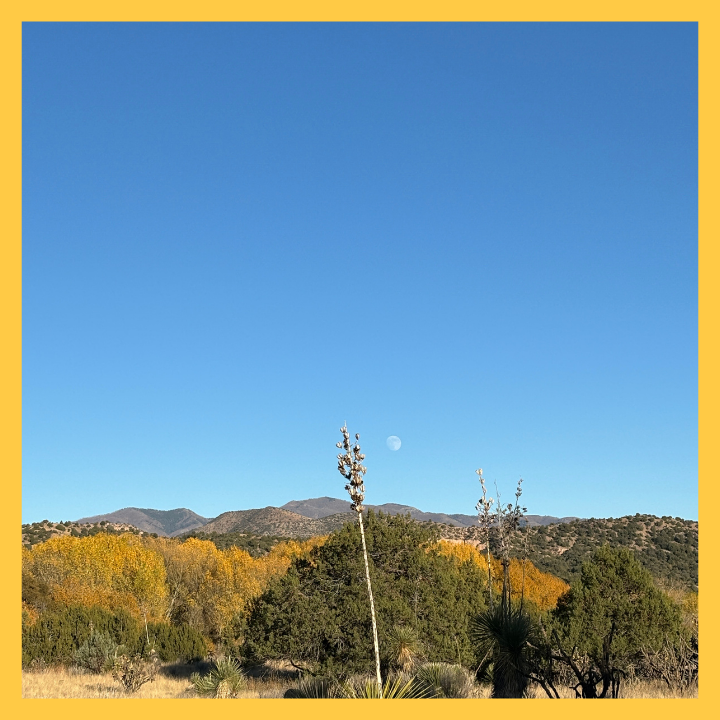
SCANNING FOR STORIES
It was a Friday afternoon in November and I was driving on a state road through the hills of the Mimbres Valley. The entire landscape was bathed in a golden hue because the tree leaves had made their full conversion to a bright yellow color just before falling off the branches.
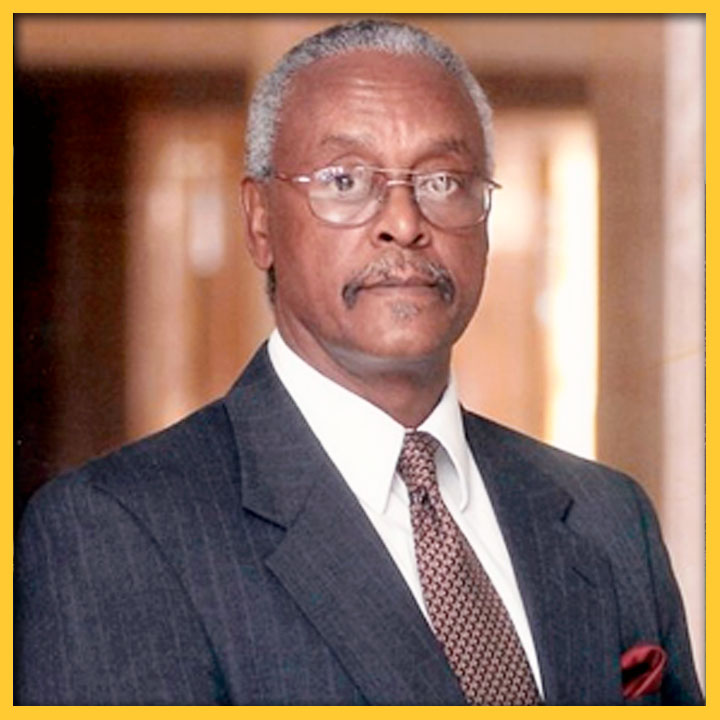
REFLECTIONS ON THE LOSS OF A NEW MEXICO CIVIL RIGHTS LEADER
By Carlyn N. Pinkins, M. A.
“The Dr. Harold Baileys of the world should inspire us all to do what we can to leave our communities, our towns and cities – our great state – better places than we found them. While we do our part to create the Dr. Harold Baileys of the future, we should also strive to make sure that the Dr. Harold Baileys of our past and present are never forgotten.”
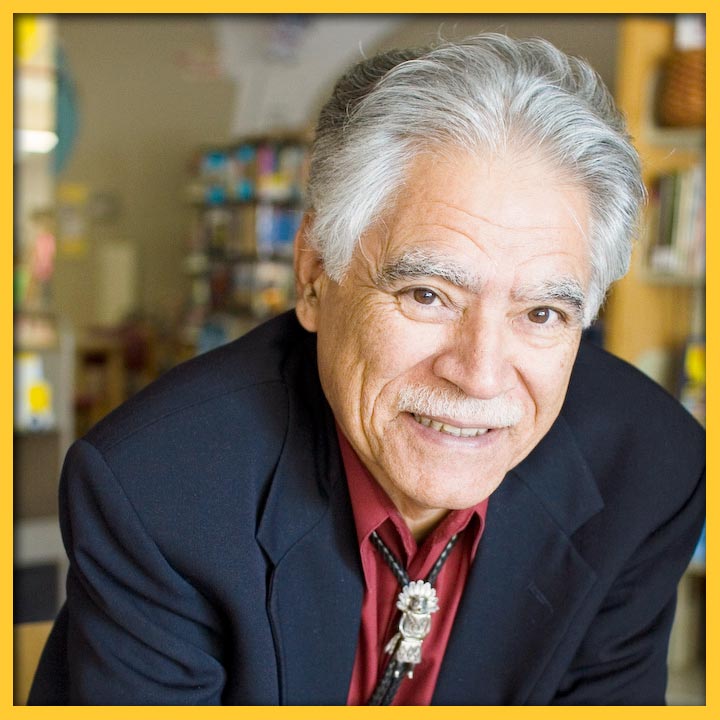
RUDOLFO ANAYA: CATCHING CULTURES IN BLESS ME, ULTIMA
By Richard Wayne Etulain
Anaya greatly expands the cultural contributions of his novel by combining the usual (Bildungsroman—growing up theme) with the unusual (complex, diverse New Mexico Hispanic culture)…
SHARE:
DISCLAIMER:
Any views, findings, conclusions or recommendations expressed in this blog post/article does not necessarily represent those of the New Mexico Humanities Council or the National Endowment for the Humanities.
ABOUT THE AUTHOR:
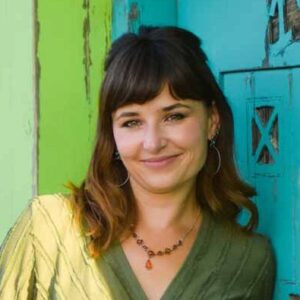
MONIKA DZIAMKA
Monika Dziamka is a writer and editor from Albuquerque. She has an MFA in creative writing from Queens University of Charlotte, a Master's in publishing from Columbia, and a BA in journalism from UNM. As an editor, she has helped hundreds of authors publish their novels, memoirs, mysteries, academic textbooks, and more. Her own creative writing has appeared in New Mexico Magazine, the Chicago Review of Books, River Teeth, and elsewhere. Monika is a mentor in the UNM Student Publications alumni program and a volunteer with the Read to Me! ABQ Network, which promotes early childhood literacy and distributes gently used books to kids around Albuquerque and Bernalillo County. Read banned books, support local bookstores, and connect with Monika through www.MonikaDziamka.com.
